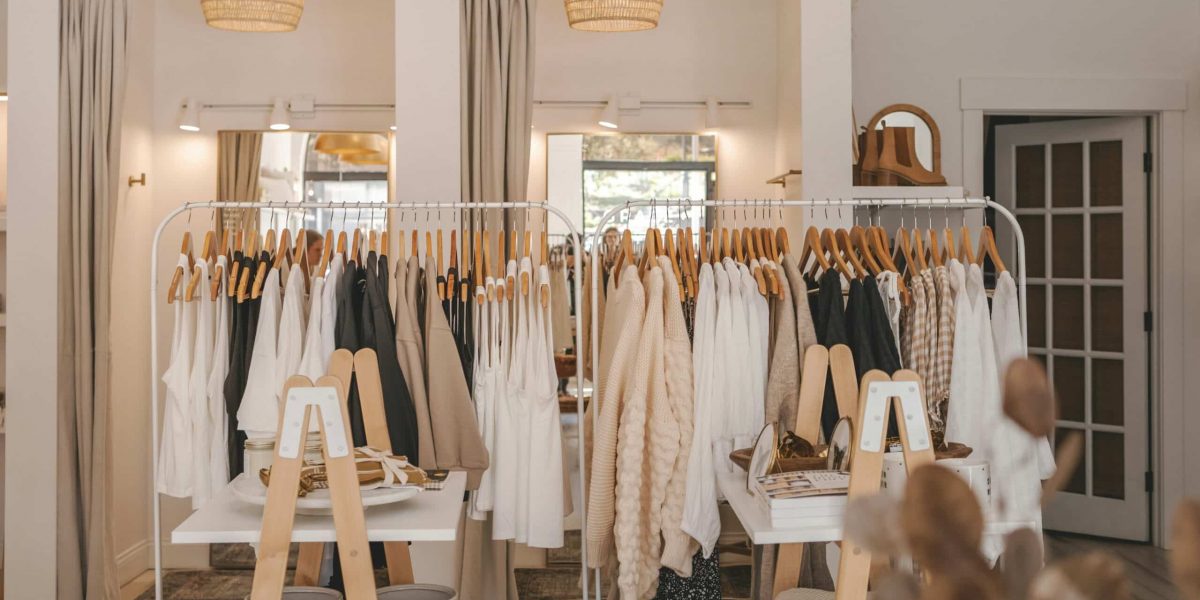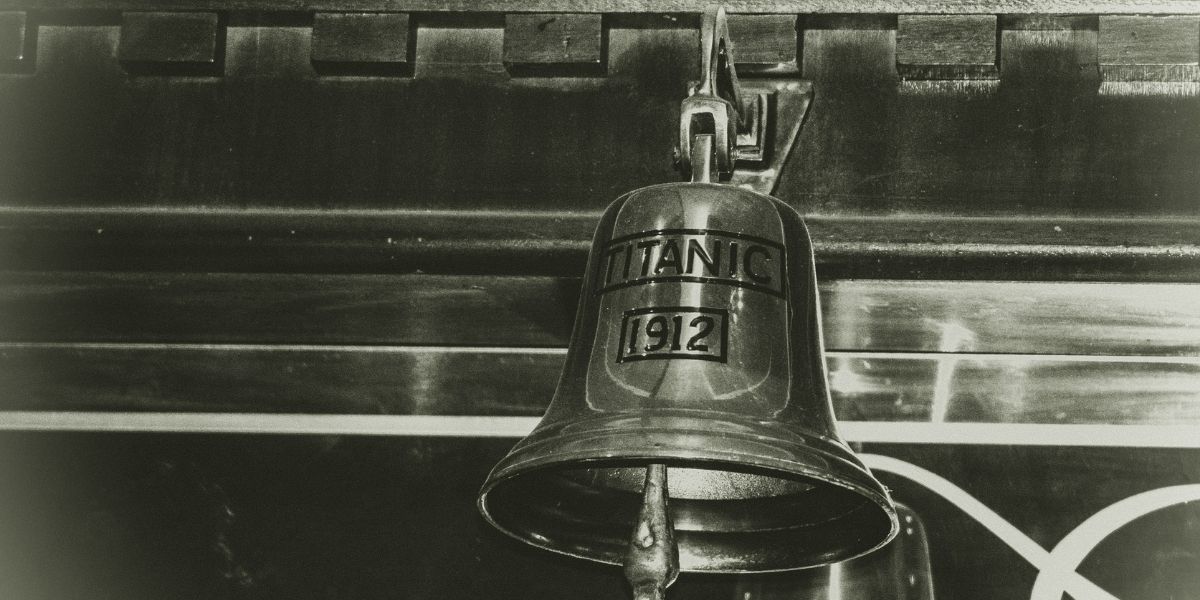The intersection of technology and fashion has brought about remarkable transformations in the way consumers shop. Among the most impactful innovations is the rise of virtual try-ons, a technology that allows shoppers to visualize clothing, accessories, and makeup on themselves digitally. By combining convenience with an interactive experience, virtual try-ons are reshaping how people make purchasing decisions. This article delves into the influence of virtual try-ons on shopping habits and the broader implications for the fashion industry.
How Do Virtual Try-Ons Work?
Virtual try-ons rely on augmented reality (AR) and artificial intelligence (AI) to create a seamless experience for users. Shoppers can use apps or websites to upload their photos or use real-time cameras to “try on” various items virtually. The technology maps the user’s body or face, enabling items like clothes, glasses, or makeup to appear realistically aligned with their features.
For example, a person shopping for glasses can use a virtual try-on tool to see how different frames suit their face shape without ever stepping into a store. Similarly, clothing retailers leverage body mapping to allow users to visualize how garments fit, offering a more personalized shopping experience.
This innovation is not limited to luxury brands. Many mainstream retailers now integrate virtual fitting rooms into their online platforms, making this technology widely accessible. By providing an interactive and tailored experience, virtual try-ons address one of the biggest challenges of online shopping: uncertainty about how a product will look or fit in real life.
How Are Virtual Try-Ons Influencing Consumer Behavior?
The convenience and precision of virtual try-ons are driving significant changes in consumer shopping habits. For many, the ability to experiment with different styles or sizes without leaving home reduces the stress associated with purchasing clothing online. This confidence leads to increased conversion rates, as shoppers feel more certain about their choices.
One notable shift is the reduction in product returns, which have historically been a pain point for both consumers and retailers. Virtual try-ons minimize the likelihood of ordering the wrong size or style, ensuring a more satisfying shopping experience. For instance, customers trying on shoes virtually can make better-informed decisions about fit, which helps avoid the hassle of returns.
Virtual try-ons are also fostering a greater sense of exploration and experimentation among shoppers. Consumers are more likely to try bold colors, unique styles, or unfamiliar brands when they can visualize the results instantly. This shift encourages creativity in personal styling and opens doors for smaller brands to gain visibility.
Virtual try-ons are shaping impulse buying behavior. The interactive and engaging nature of the technology can create a sense of immediacy, prompting customers to complete their purchases quickly. Retailers capitalize on this trend by integrating special offers or discounts into their virtual platforms, further enticing consumers to buy on the spot.
Are Virtual Try-Ons Benefiting Retailers?
For retailers, the integration of virtual try-ons offers substantial advantages beyond improved customer satisfaction. One of the key benefits is the ability to collect valuable data on consumer preferences and behaviors. By analyzing how shoppers interact with virtual try-on tools, brands can identify popular styles, colors, and fits, enabling them to refine their offerings and target customers more effectively.
Virtual try-ons reduce the need for physical inventory, particularly in showrooms. Retailers can showcase their collections digitally, allowing customers to explore options without requiring the items to be physically present. This strategy not only reduces costs but also aligns with sustainability goals by minimizing overproduction and waste.
Retailers that embrace virtual try-ons are also positioning themselves as tech-forward brands, appealing to younger, tech-savvy audiences who value convenience and innovation. This demographic increasingly expects interactive shopping experiences, and brands that fail to adapt risk being left behind.
What Are the Broader Implications for the Fashion Industry?
The adoption of virtual try-ons signals a larger transformation in the fashion industry, where technology is becoming a critical component of success. As brands invest in AR and AI, they are moving toward a future where shopping is more personalized, immersive, and sustainable.
Virtual try-ons also address issues of inclusivity. Many platforms allow users to customize avatars to reflect their unique body types, skin tones, and sizes. This inclusivity fosters a more positive shopping experience for a diverse range of consumers who may have previously felt excluded by traditional retail models.
The environmental impact of virtual try-ons is another area of interest. By reducing returns and overproduction, this technology supports the industry’s push toward sustainability. Fewer returns mean less transportation-related emissions, and digital inventory can reduce the resources needed for physical production.
As this technology evolves, it could extend beyond shopping. Virtual try-ons might influence how fashion shows are conducted, with digital runways and consumer-accessible previews becoming more prevalent. This shift would redefine how trends are launched and adopted in a rapidly digitizing world.
What Lies Ahead for Virtual Try-Ons in Fashion?
Virtual try-ons are more than a trend; they represent a paradigm shift in how consumers engage with fashion. As technology continues to advance, virtual try-ons will likely become even more realistic, bridging the gap between online and in-person shopping. Features like fabric simulation and enhanced body scanning will improve accuracy, making the experience nearly indistinguishable from trying items on in a physical store.
For consumers, the future promises greater convenience, inclusivity, and personalization. For brands, virtual try-ons present opportunities to innovate, streamline operations, and connect with audiences in meaningful ways. As this technology becomes a staple of modern shopping, it’s clear that the fusion of tech and fashion is only just beginning.








